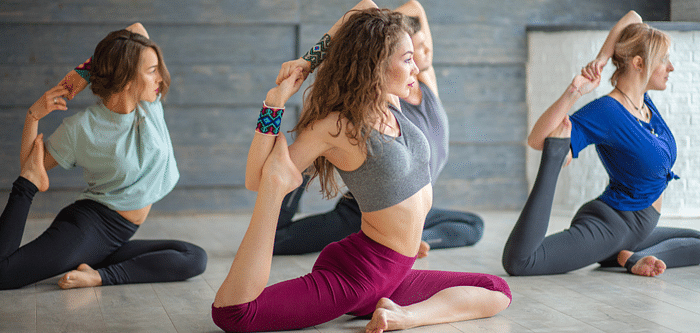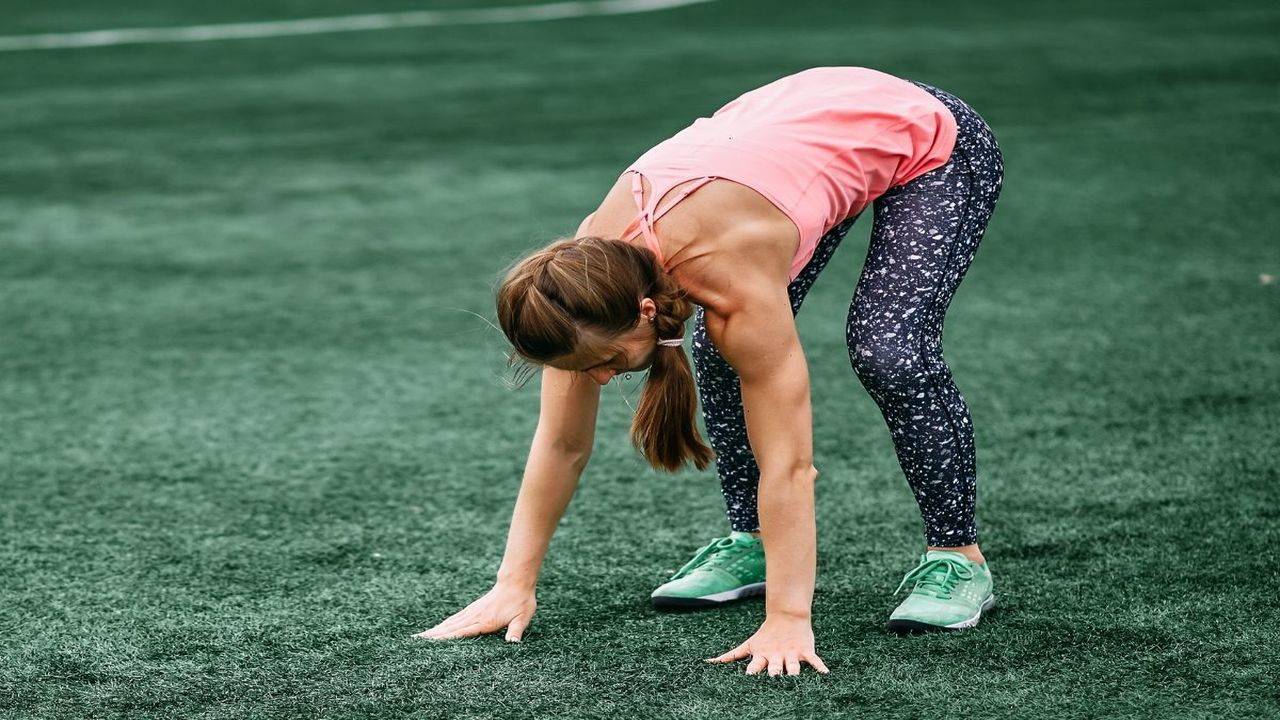So, you’re trying to build muscle but you also don’t want to be that guy who’s out of breath after climbing a flight of stairs. We’ve all seen lifters who treat cardio like it’s their mortal enemy. But here’s the truth — you don’t have to pick sides. You can build muscle and still have decent conditioning. The key is knowing how to approach cardio without sabotaging your hard-earned gains.
If you’re confused about when to do it, how often, or what type to pick, you’re not alone. Let’s break it all down in a way that actually makes sense and works in real life.
Does Cardio Really Kill Muscle?
First, let’s get rid of the myth. Doing cardio won’t magically eat up your biceps overnight. What does hurt muscle growth is doing too much cardio, doing it wrong, or not eating enough to support both activities.
Your body needs fuel to build muscle. If you’re burning hundreds of extra calories running for an hour every day but not eating more to make up for it, yes, you’ll probably lose muscle. Same goes if your recovery sucks because you’re doing punishing cardio sessions on top of intense lifting.
So the goal isn’t to ditch cardio. It’s to fit it in smartly.
Why Even Do Cardio?
Alright, so why not just skip it? Here’s the deal — some cardio is actually good for muscle building.
- It improves recovery by boosting circulation. Better blood flow = nutrients get to your muscles faster.
- It keeps your heart strong. Bigger muscles are great, but so is not getting winded during warm-ups.
- It helps you stay lean. A bit of extra calorie burn helps manage fat gain when you’re in a surplus.
- It improves work capacity. You’ll handle longer lifting sessions without gasping for air.
A little cardio can make you a better lifter. You just need to pick the right kind.
Best Types of Cardio for Muscle Builders
Not all cardio is created equal. If your main goal is to pack on muscle, you want low-impact options that don’t hammer your recovery.
Walking
Don’t laugh. A brisk incline walk on a treadmill or a long outdoor walk is actually gold for lifters. It’s low-impact, burns calories, and won’t interfere with leg day gains.
Cycling
Stationary bike or real bike — both are good. Moderate-intensity cycling works your heart without pounding your joints. Just don’t crank the resistance too high if your legs are sore from squats.
Rowing
Short rowing sessions can get your heart rate up and even hit your upper back a bit. Keep it moderate. You don’t need to do a full CrossFit rower meltdown.
Sled Pushes
This one’s not your typical steady cardio but pushing a sled combines strength and conditioning. It burns fat, builds power, and doesn’t hammer your joints. Great finisher.
Short HIIT
High-Intensity Interval Training (HIIT) can work — if you don’t overdo it. Short sprints, assault bike intervals, or kettlebell swings for a few rounds after lifting can boost conditioning without hours of extra work.
How Often Should You Do Cardio?
If muscle is your main goal, you don’t need cardio every day. Two to three sessions a week is plenty for most people. Each session can be 20–30 minutes at moderate intensity.
If you prefer walking, you can do it more often. Daily walks for 20–40 minutes won’t crush your gains — they might even help them.
HIIT? Limit that to one or two times a week max. HIIT is taxing, and if you overdo it, you’ll hate your life on leg day.
When Should You Do Cardio?
Timing matters. Here’s what works for most lifters:
- Separate Days: Best-case scenario, keep your lifting and cardio on different days. Lift heavy one day, do your cardio the next.
- After Weights: If you have to do both on the same day, always lift first. Use your best energy for lifting, then do your cardio. Doing cardio first can zap your strength.
- Morning Cardio, Evening Weights: If you like training twice a day, keep cardio light in the morning and hit the weights hard later. Make sure you refuel properly in between.
Should You Do Fasted Cardio?
Some people swear by fasted cardio for fat loss. It’s not magic. If you like fasted walks and they don’t hurt your lifting, fine. But don’t do hard HIIT or runs on an empty stomach if you plan to lift later — you’ll feel like a zombie.
Eating Enough Matters Most
Cardio only robs you of muscle if you aren’t eating enough. If you add cardio to your week, eat more to balance it. It’s simple math — lifting + cardio = higher calorie burn.
Make sure you’re still in a calorie surplus if you’re bulking. Add carbs around your workouts. Prioritize protein — aim for 1 gram per pound of bodyweight minimum. And hydrate. Cardio dehydrates you faster than you think.
Pay Attention to Recovery
More training means more stress on your body. If you add cardio, make sure you’re still sleeping well and not dragging through workouts.
Watch for signs like:
- Losing strength in the gym.
- Feeling extra sore for days.
- Trouble sleeping or feeling wired at night.
- Always hungry but still losing weight.
If these pop up, you’re probably doing too much and need to dial back a bit.
Don’t Ignore Mobility
This one’s underrated. If you’re lifting heavy and doing cardio, tight hips and ankles will sneak up on you. Take 5–10 minutes after sessions to stretch your hip flexors, quads, and calves. Foam rolling can help too.
Sample Cardio Plan for Lifters
Here’s how you might mix it in:
Monday: Upper body lift
Tuesday: 30 min incline walk or cycle
Wednesday: Lower body lift
Thursday: Rest or light walk
Friday: Upper body lift + 10 min HIIT finisher (sprints or sleds)
Saturday: Rest or 30 min easy walk
Sunday: Lower body lift
Adjust it to your routine and goals. The point is to sprinkle cardio in, not flood your week with it.
The Bottom Line
Cardio doesn’t have to kill your gains. Doing it right can actually help you build muscle, stay leaner, and feel more athletic overall.
Pick smart options. Keep it moderate. Eat enough. Recover like a champ. Do that, and you’ll be the guy with size and stamina — which, let’s be honest, is the best combo there is.










